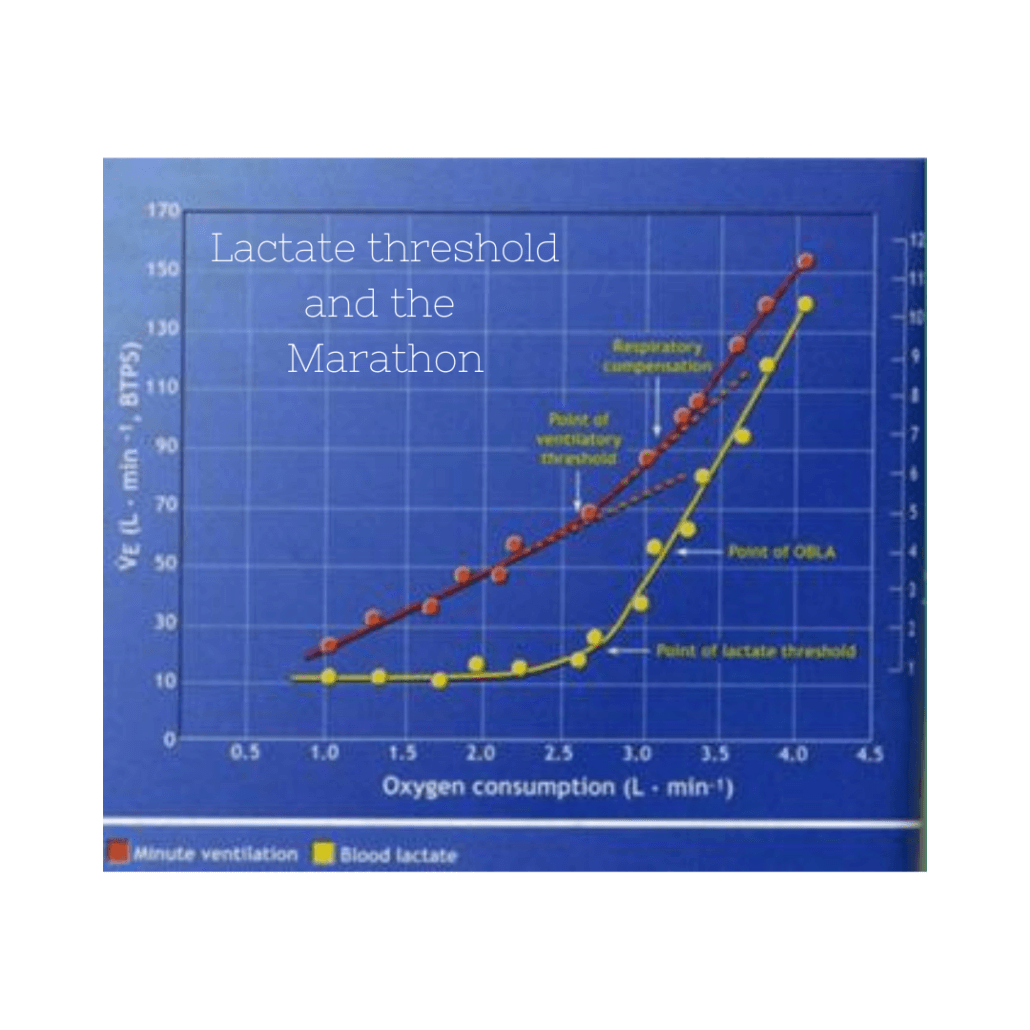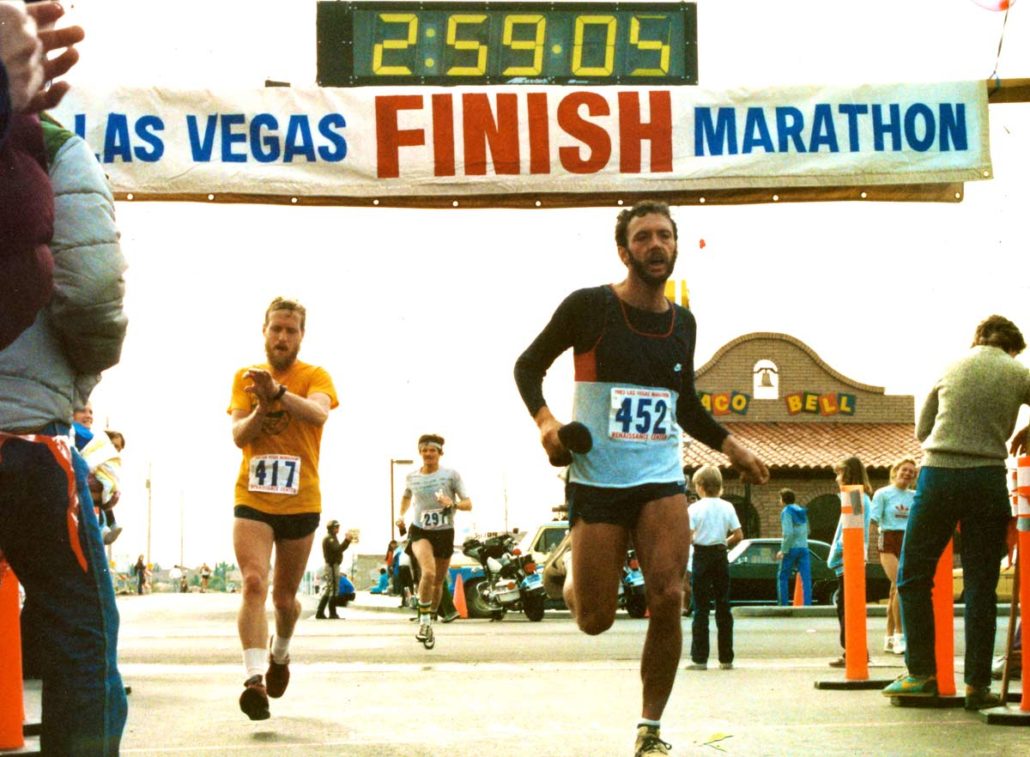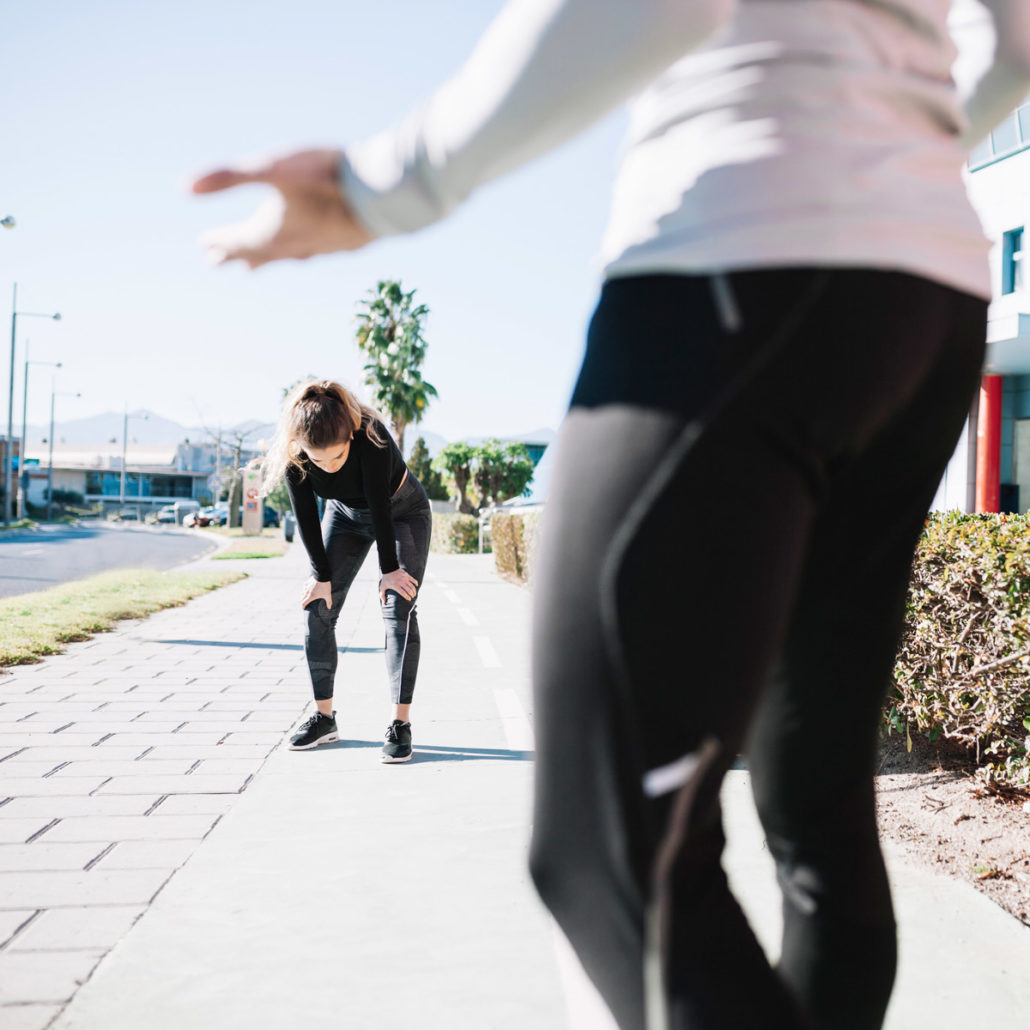Treadmill VS Overground Running

Podcast: Play in new window | Download
From my experience, you have a deep division in the running world when you mention the word “treadmill.” For some, it’s a necessary part of being able to train during winter, dark mornings, and not leaving children alone in the home. For others, they’d rather fall and break a hip on black ice than submit themselves to “lesser” training on a treadmill. For me, it’s an available tool and as a younger man, I was probably in the latter camp. However, with each passing year, I have less to prove to anyone, and would rather stay healthy than force an unnecessary training error. If you are still in the camp of “outside is the only way to train” that’s fine, this just isn’t an article for you. It doesn’t particularly matter to me if that’s your stance. I know a few people who simply just can’t do it. They get dizzy. Their balance gets wonky. It’s just not going to happen for some. If you do use a treadmill and use one regularly, then please keep reading.
Alright, with that out of the way, let’s get to the tho pic of the day- what’s the difference between running on a treadmill and over the ground? I know it’s been debated a lot, with some conflicting results. Data says nothing, and then data says there are differences. So what is it?
Well, from a 30,000-foot view, not much. Running is running, right? And when you look at physiological metrics, they are pretty similar. But if you have run on the treadmill, especially on an irregular basis, I bet a lot of you will say, “it sure doesn’t seem like it!” I can definitely attest to that. It feels so much harder to run slower! That’s the first thing we notice when zooming in on the data- our self-prescribed pace is lower on a treadmill than it is over the ground. As I alluded to, some of this does depend on familiarity with the treadmill. People who are not familiar or used to running on the treadmill are more nervous about footing and balance. Personally, I have a great fear of doing speed on a treadmill because I a most certain I will be flying off the back end!
So, some of it depends more on how we react to treadmill running than the treadmill itself. Is there anything physical that is different? Yes, there are two big items we can look at.
The first, most are familiar with and is the lack of air resistance. When you run down the road, you create your own headwind. This slows you down because you fight that resistance, but it also cools you down. On a treadmill, you are stationary, so this effect is non-existent! At east paces, this is not as big of a problem, but unfortunately, the faster you run, the bigger the advantage. How is that an advantage? What I mean by that is say your speed work is at 6 minutes per mile pace. On a treadmill, that 6 min pace you are running, might use 4% less energy to run than it would on a track. However, the advantage you might have in not fighting the air resistance may not feel like it. It’s also been shown that the faster you are running, the more likely your heart rate and perceived exertion will be higher than if doing the same pace on a road or track. So physiologically it’s easier, but it feels harder! Bummer!
To play devil’s advocate, I believe it was a piece by Daniels, that indicated that it might be a wash on adjustment. This is because of the fact that if you are on a treadmill, it’s probably a warmer room- 65-70 degrees Fahrenheit. Plus, since you aren’t moving anywhere, the humidity that surrounds you, which would normally be pushed away as you ran forward, makes the effort harder. In fact, although having more of an advantage, it has been shown that even though you may have some advantage at faster speeds, both heart rate and RPE are higher on the treadmill than over the ground (at faster speeds). In any case, you should add some grade to your treadmill to make it a better correlation to what it would be outside, but how much probably has some wiggle room? We have a handy calculator that isn’t perfect but gives you a good idea of what pace you are simulating, based on the speed and grade that you are running at. You can view that calculator here
The second issue is stride. Think about running over the ground. You land and then push off from the static ground. This uses more hamstrings. On a treadmill, you are landing on a moving belt while you are stationary. So we aren’t really pushing off as much as we are lifting and landing. This will encourage more quadriceps action. This is me spitballing here, but the biggest issue I see with this is that so many runners are already quad-dominant runners. The quads are more fast twitch than the powerful slower twitch glutes. So, we could create more soreness with the initial treadmill runs as the quads are subjected to even more work than what they were designed for. Again, you throw this in with an unfamiliarity or uneasiness with treadmill running and form changes may occur. They may not be statistically significant, but they still, change what muscles are used and create some issues.
Ok, before I move to the next phase of this post, I want to acknowledge that what I am saying can be a bit of discouragement for using a treadmill. From a pure difference standpoint, yes there are differences, but let me put a couple of thoughts out there. Do you think your RPE and heart rate are higher on a cold morning when you are fighting through 4 inches of fresh snow and worried that every step you take is going to put you on your hurt? Is fighting below zero temps and windchill really allowing you to hit the paces you want? The answer is no. So, while there are clearly challenges with running on a treadmill, there are just as many challenges for anyone training through a winter filled with snow, cold, ice, and unplowed running routes.
Now, if you are going to be training on a regular basis on the treadmill, there are a couple things I recommend. Whether you are jumping on your “commercial grade” home treadmill or hitting the gym, don’t trust the calibration. These get off all the time. I’d also recommend not using your indoor or treadmill feature on your Garmin. I am sure the accuracy will improve, but right now I feel like there’s work to be done. Instead, I’d look at picking up a footpod for your GPS. Probably the most popular one right now is the Stryd and it will give you a ton of data, but it’s also pricer at about $250. Garmin used to make one that was about $50. I still see them on Amazon, but I am pretty sure they are discontinued.
Lastly, a big problem most people have with treadmills is the boredom of running nowhere for a long time. Sometimes there are just not enough podcasts and playlists to get you through. To help fight this, there are companies like Zwift. I personally don’t know a lot about how it works, but i know the cycling community loves that version of it. There are also apps like Outside Interactive which have a growing library of different race courses that you can follow. It’s a great way to visualize a course you are training for, as well as help fight boredom. Personally, I am a bit of a minimalist when running, so I don’t have a lot of devices in me. So, I have gotten pretty decent at playing little games with myself to help pass time. The biggest thing I would do is run like I was doing a repeat workout. I’d run 10-15 minutes, starting out slower and then bumping up every 45-60 seconds until I got to my desired easy pace range. Then I’d systematically increase the grade by 0.5% so that I had to go through a cycle of flat to hill to back down every 6-8 minutes. All I would be focused on was that cycle, so before I knew it, I had 3-4 cycles in and my run would be almost over. If you have a treadmill that does downhill grade, even better! Overall, it’s better for you anyway, because you are simulating regular running more.
At the end of the day, if running on a treadmill means you don’t skip a day, then please, get on the treadmill. Is it the same as running outside? No. However, if you are fighting a cold and snowy winter, that’s not the same either. Both will have adjustments that need to be made. Nothing is a perfect situation at that point. If you are a diehard outside, that’s cool. That’s admirable. But as a coach, I don’t really care how it gets done, as long as it gets done. Sure, there’s something to be said for bundling up and getting outside on easy days and “getting tough” as some would say. But also remember something my old man used to tell me- “It’s a thin line between tough and dumb.” (Usually I was on the side of dumb, which prompted the reminder) If you go on the treadmill, take what we discussed to heart and adjust as you need to. The winter is about staying upright, injury-free, and continuing consistency. If a treadmill allows that, you’ll come out the other side a better runner.
If you aren’t a member of our community yet, you can join for free! Sign up and we’ll give you 25% off any one of our training plans on Final Surge.
Are you a regular consumer of our stuff? Please consider supporting our work!




